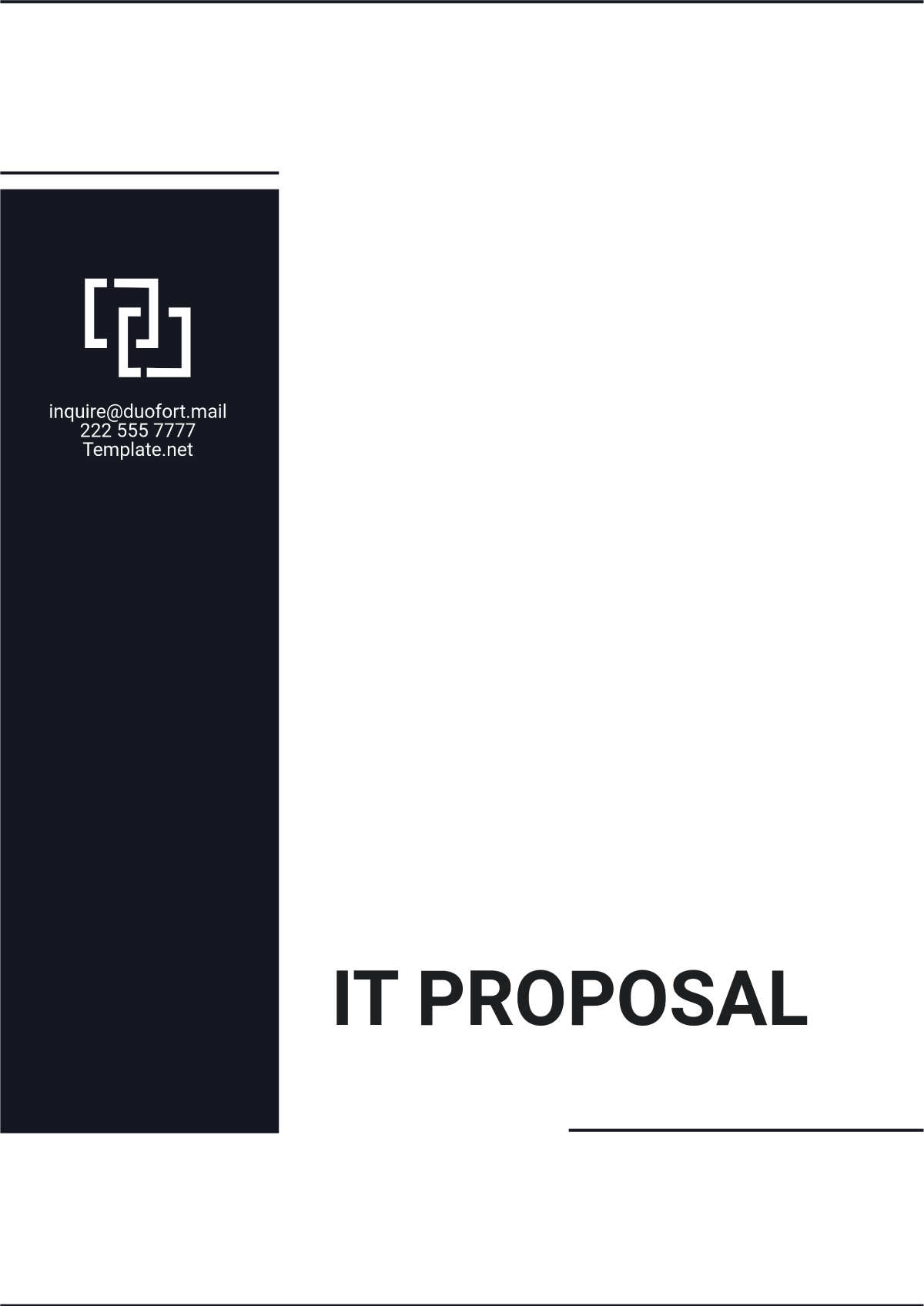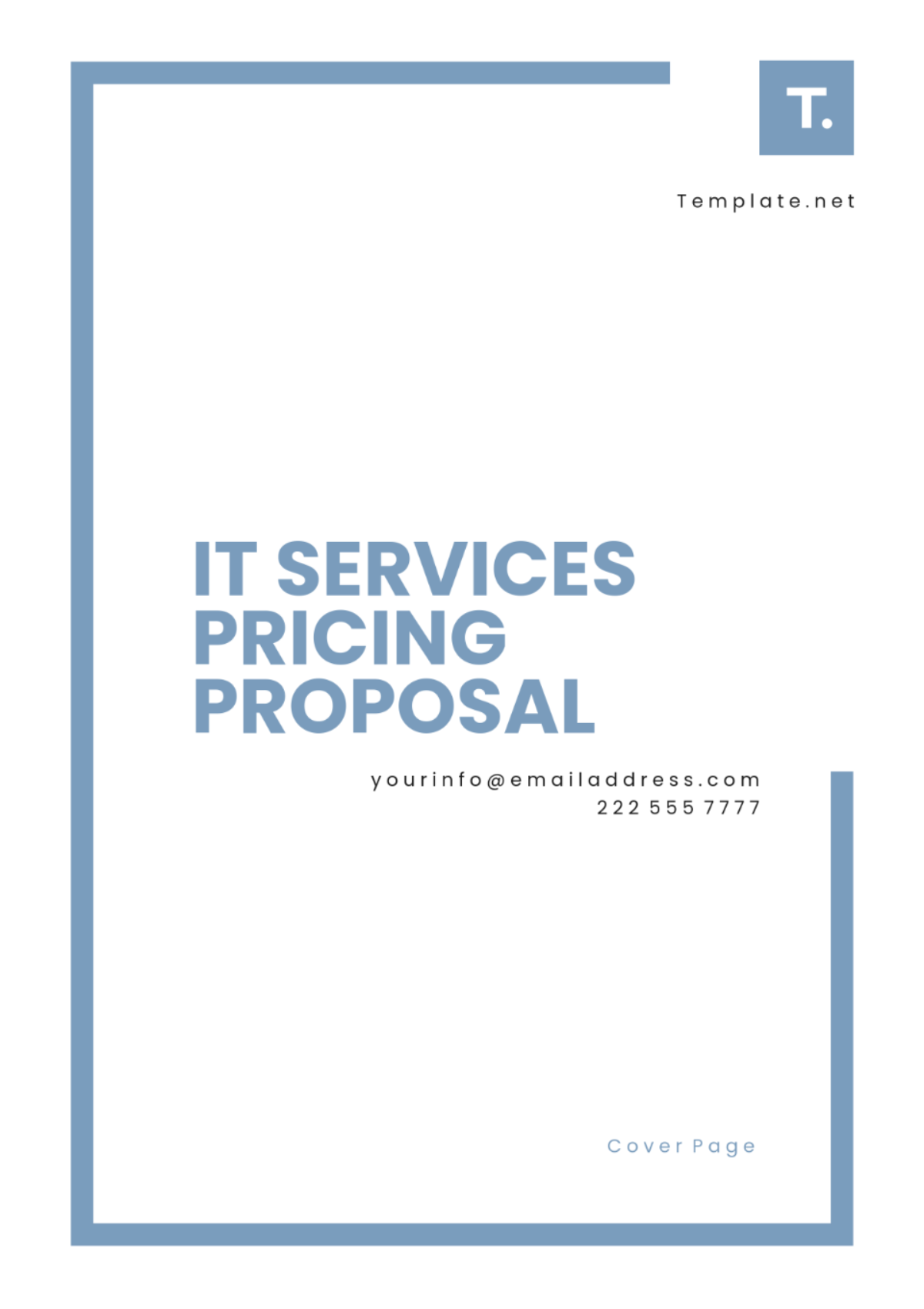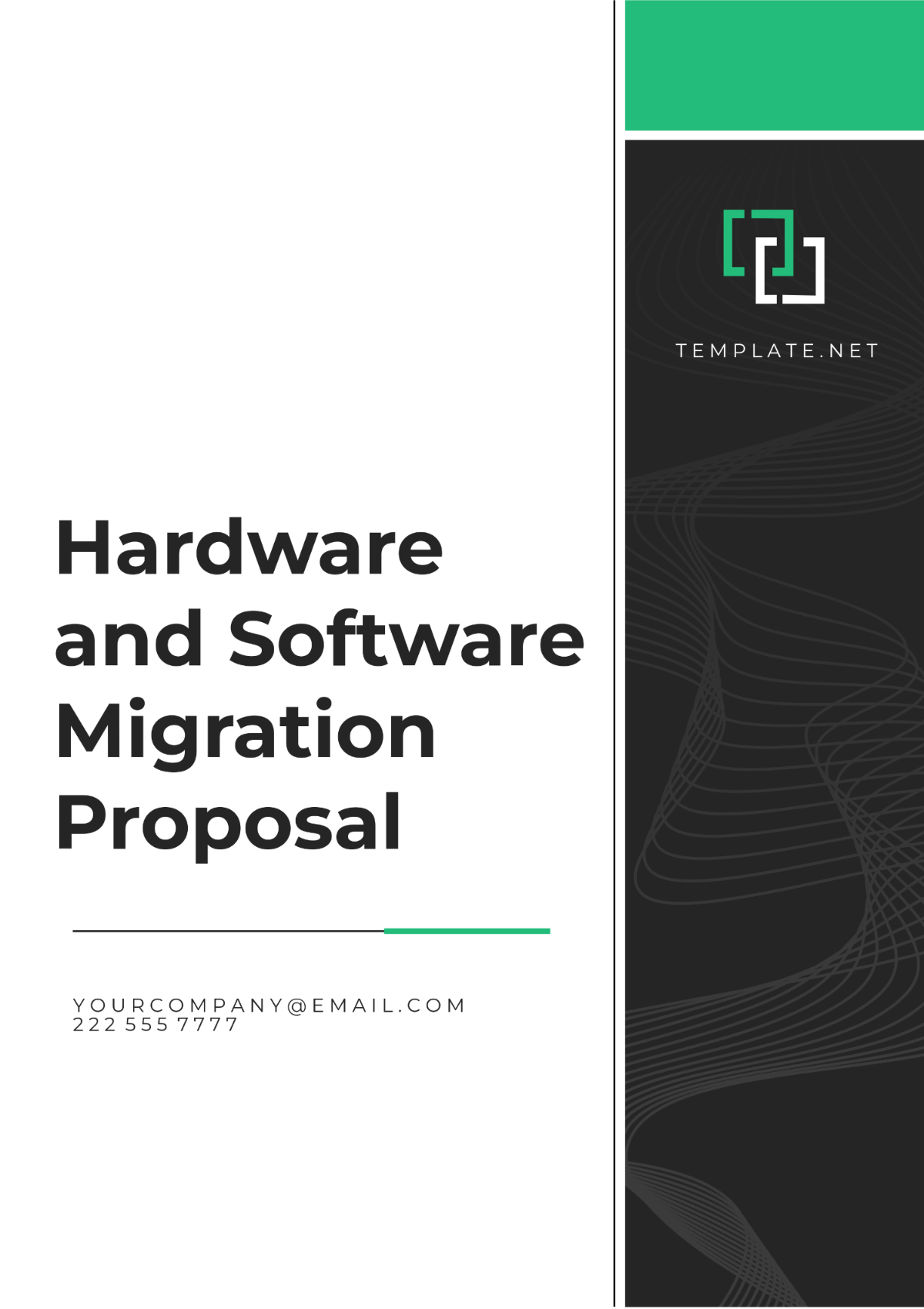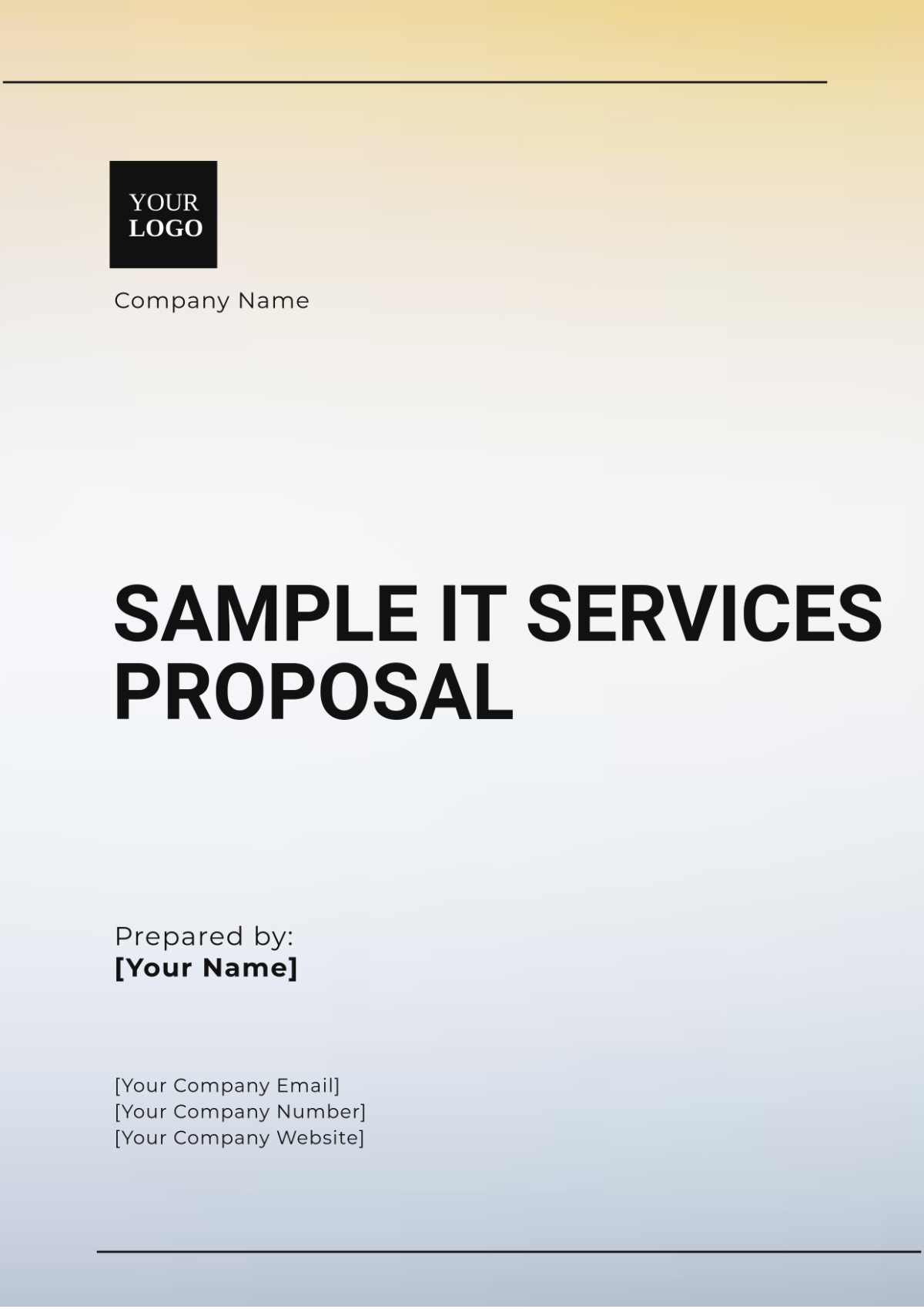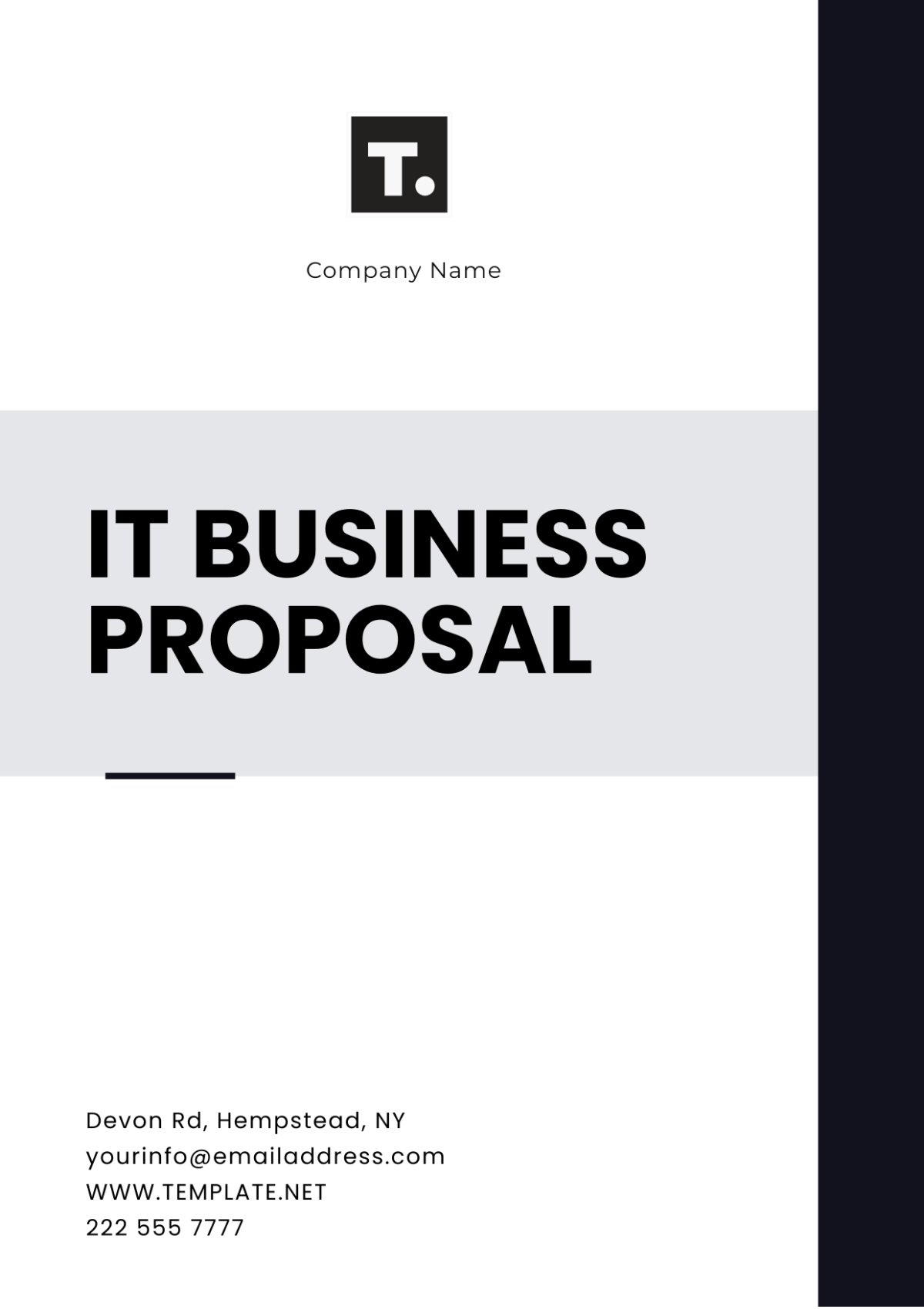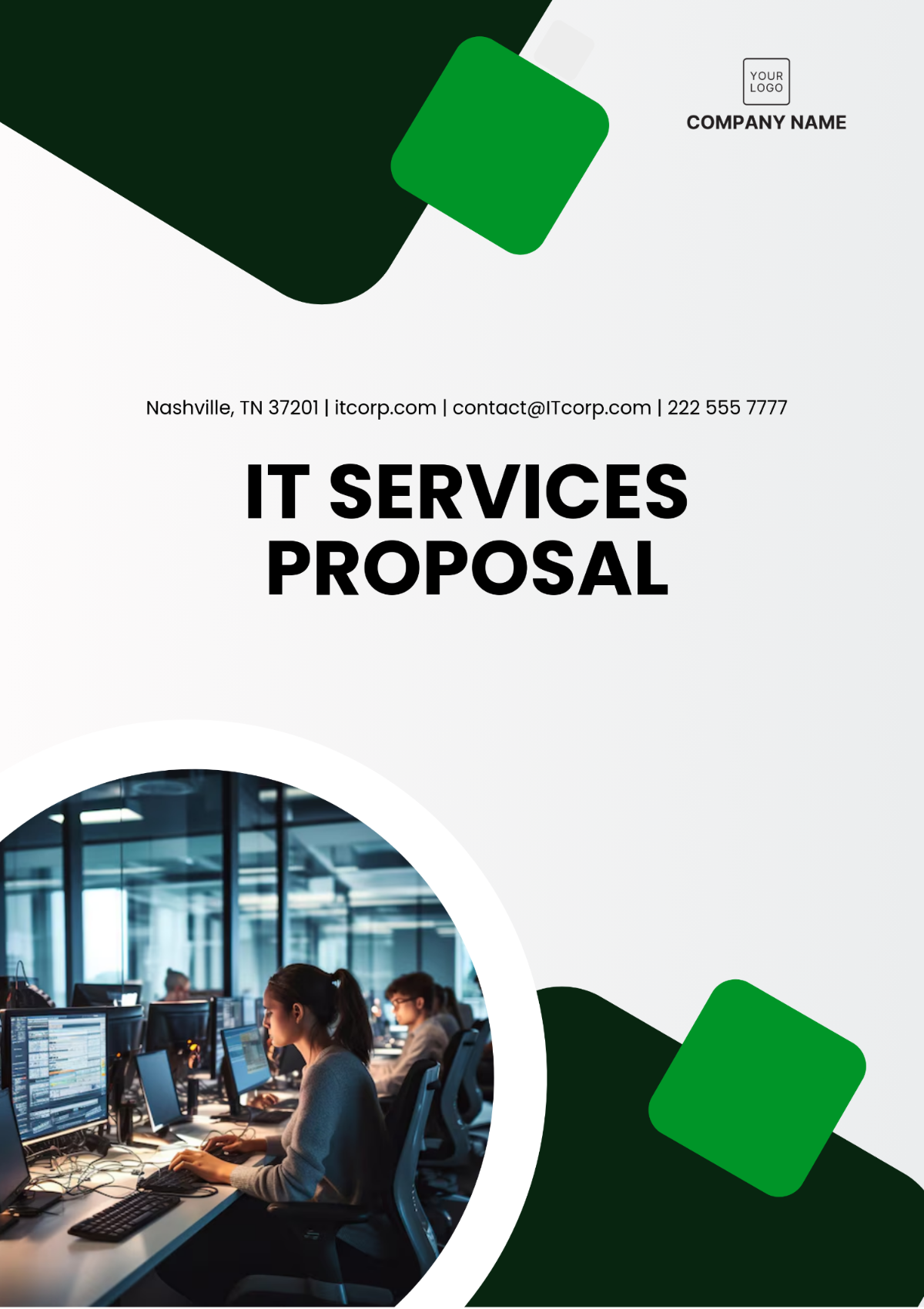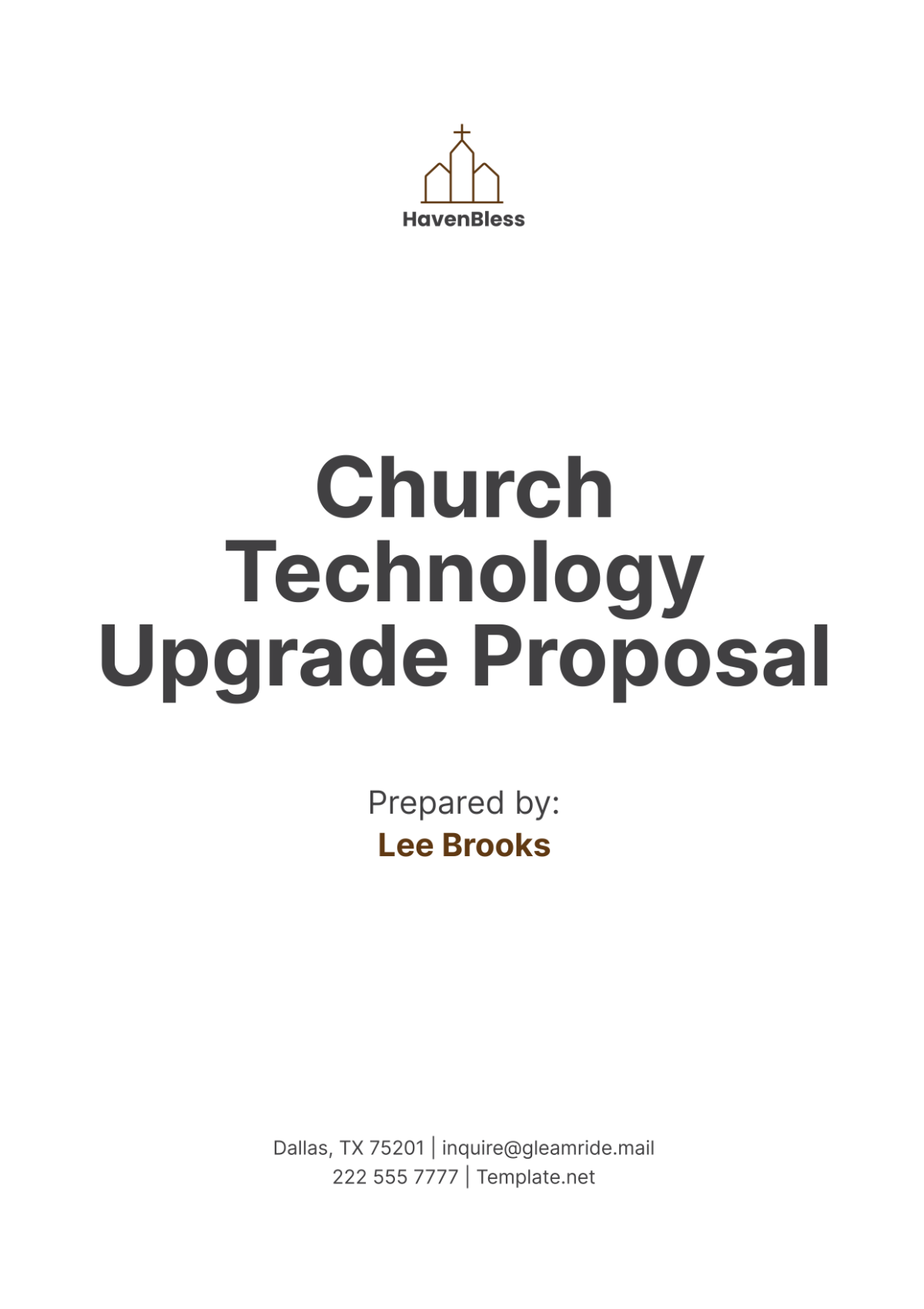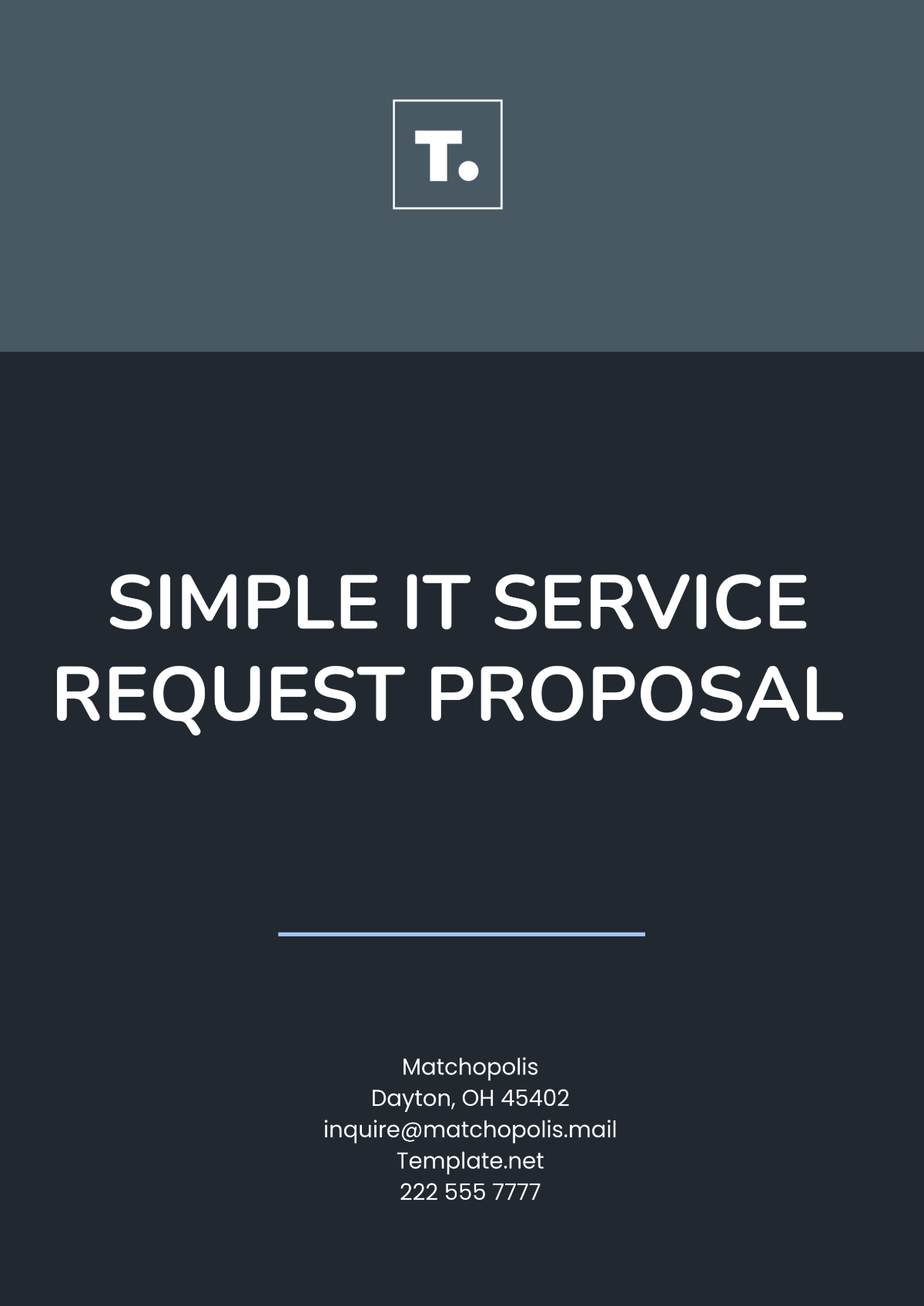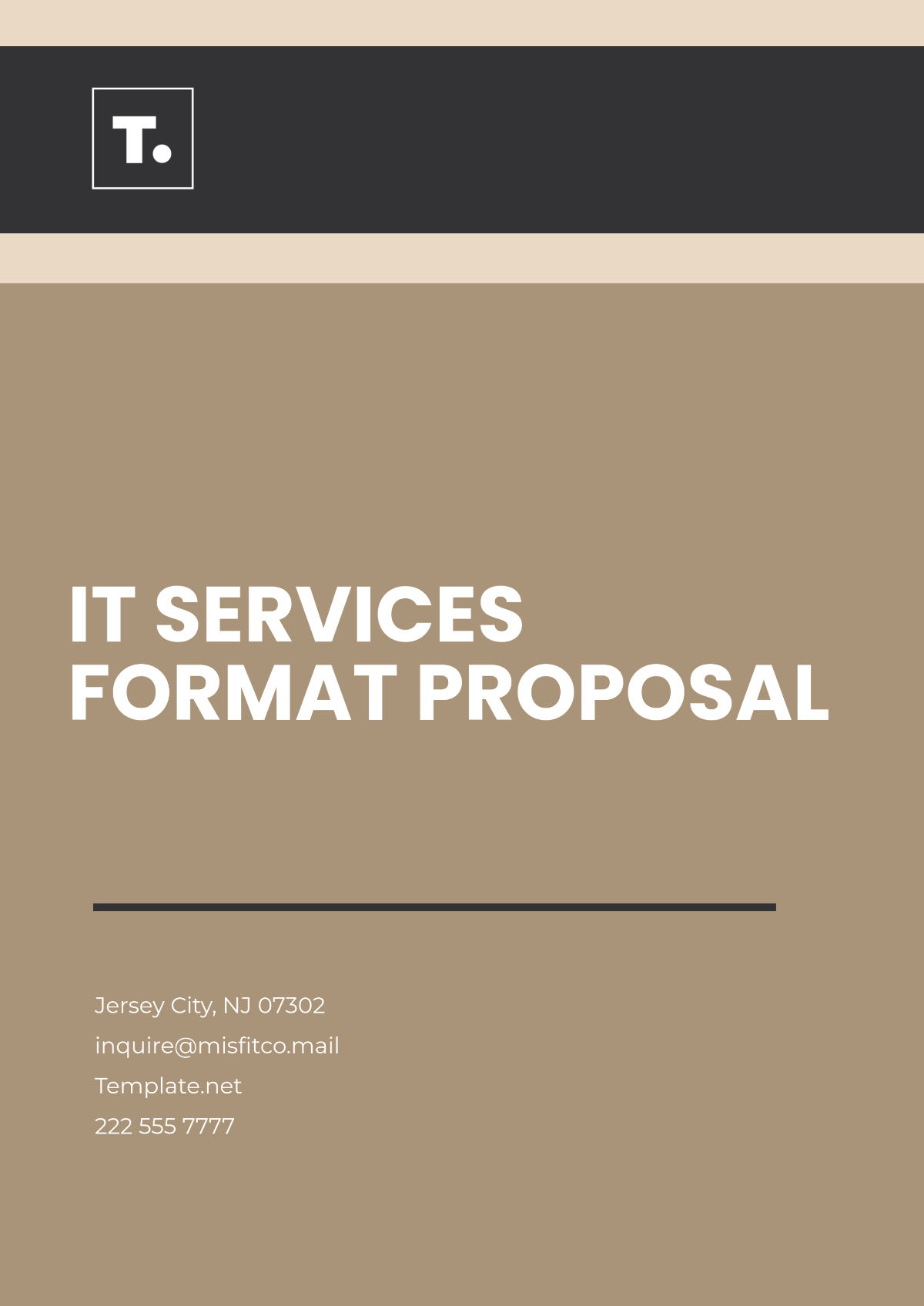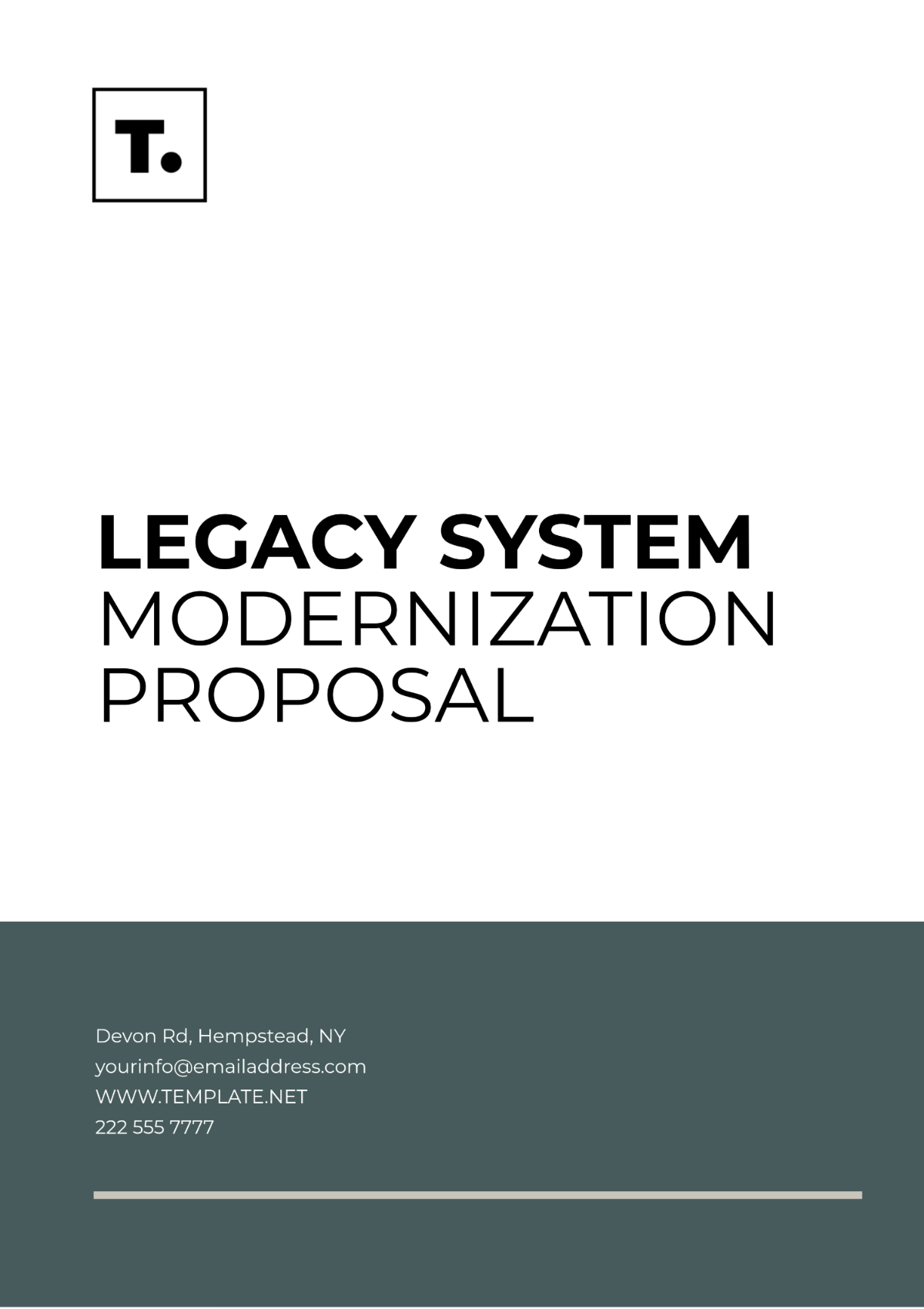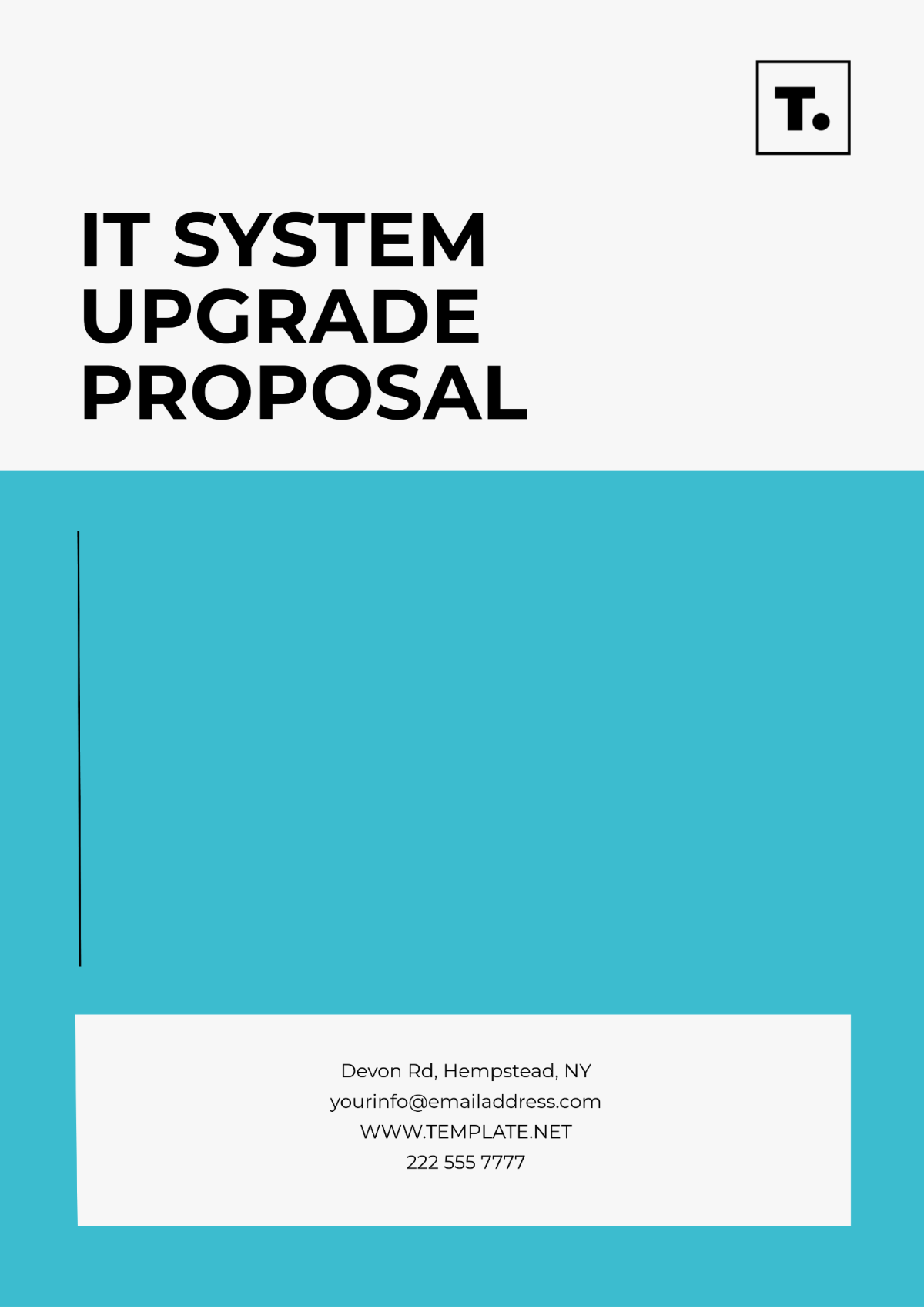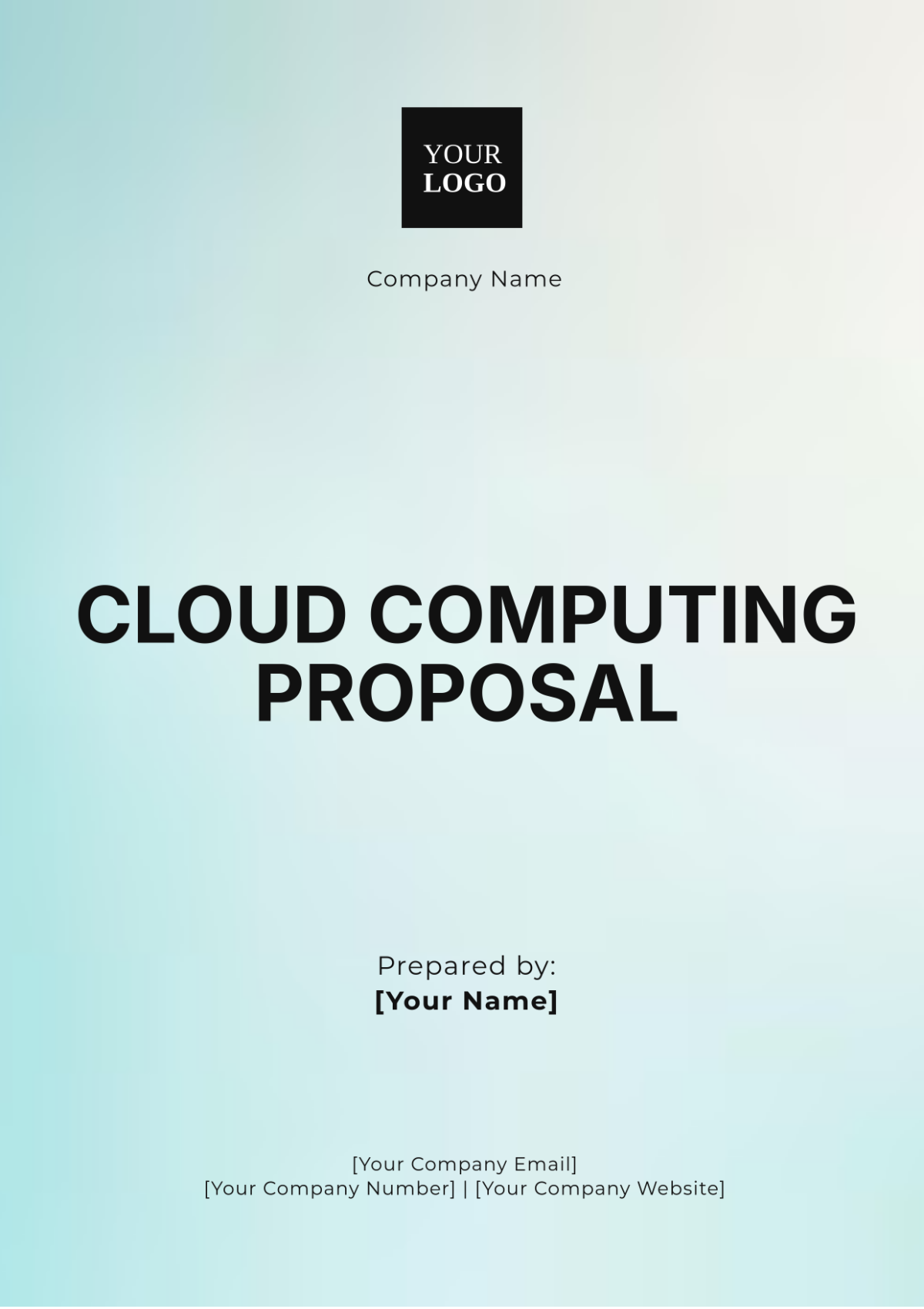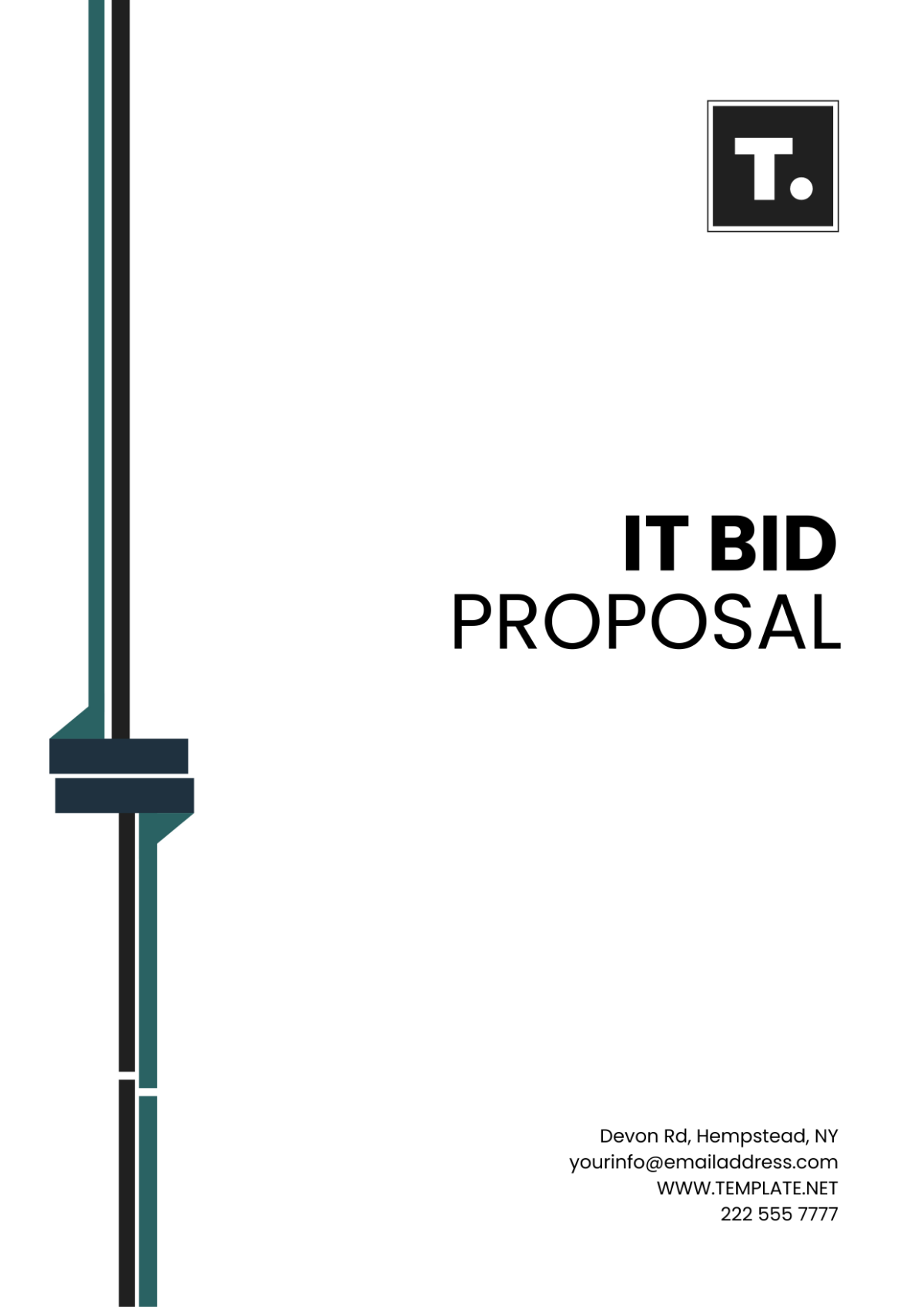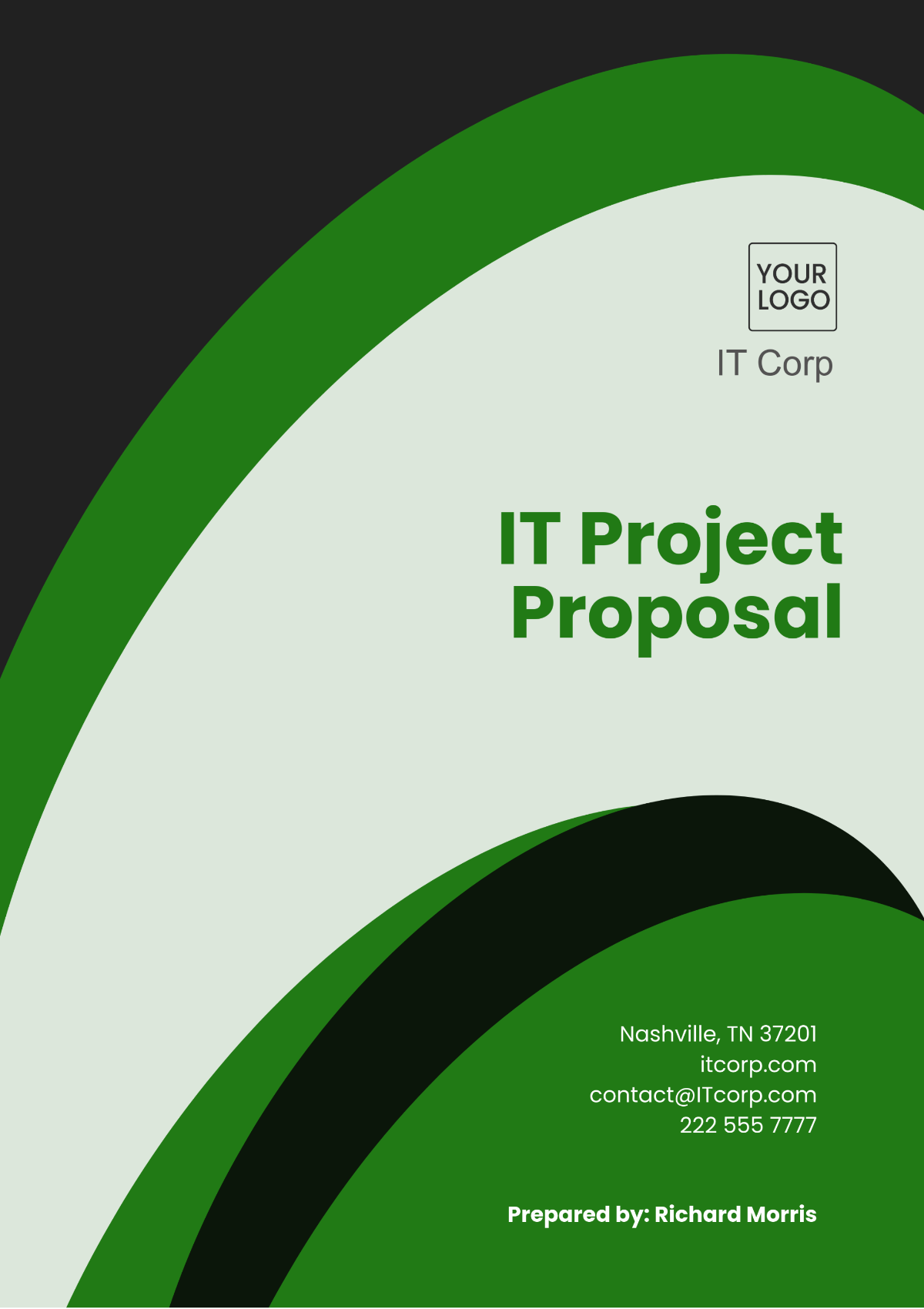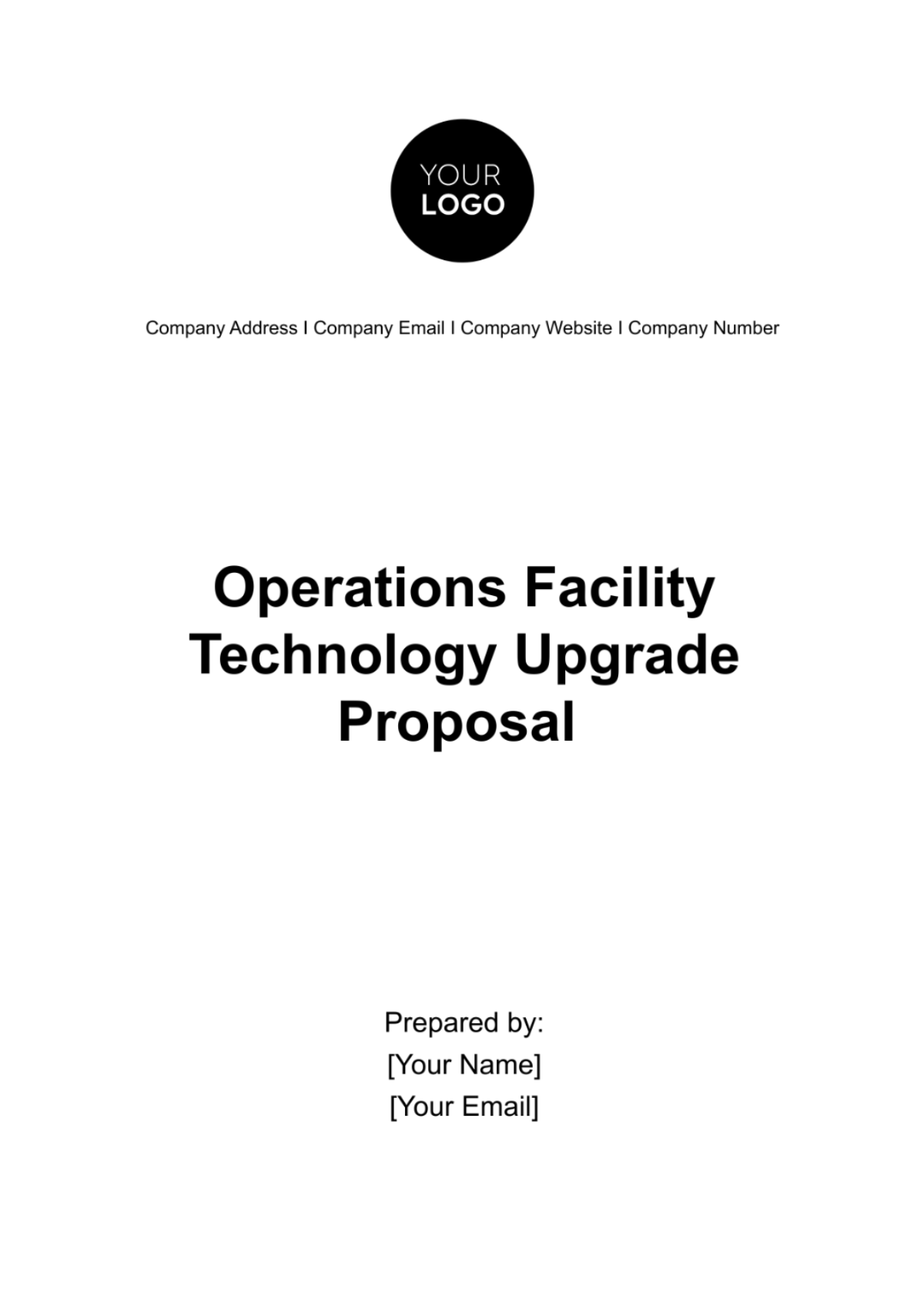Hardware and Software Migration Proposal
Prepared by: [YOUR NAME], [YOUR COMPANY NAME]
Date: January 15, 2050
I. Executive Summary
This proposal outlines a comprehensive plan to migrate the current hardware and software systems to a more efficient, modern, and scalable infrastructure. The migration aims to improve system performance, enhance security, and reduce long-term operational costs. This document details the objectives, scope, timeline, required resources, budget estimates, and anticipated benefits of the migration process, ensuring a smooth transition with minimal disruption to business operations.
II. Objectives
The primary objectives of this migration are:
Improve system performance by upgrading to modern hardware and software for faster data processing and reduced latency.
Enhance data security and compliance with industry standards through advanced cybersecurity measures.
Reduce operational costs by consolidating systems and adopting cloud services to minimize hardware maintenance.
Increase scalability and flexibility to support future growth, remote work, and cloud-based applications.
III. Scope of Work
1.1 Hardware Upgrade
The hardware upgrade will involve replacing outdated servers, workstations, and networking equipment with high-performance models. This includes:
New servers and storage solutions for improved data handling and processing speed.
Upgraded workstations with better processors, RAM, and SSDs for enhanced productivity.
Networking equipment such as switches and routers to support higher bandwidth and faster communication.
1.2 Software Migration
The software migration will transition from legacy systems to modern solutions, including:
Cloud-based services like Office 365 and CRM solutions for improved collaboration and management.
Enterprise security software to prevent data breaches and malware.
Modern operating systems to ensure compatibility and security.
IV. Project Timeline
Phase | Duration | Start Date | End Date |
|---|---|---|---|
Planning | 2 weeks | January 15, 2050 | January 29, 2050 |
Hardware Installation | 4 weeks | February 1, 2050 | February 29, 2050 |
Software Implementation | 6 weeks | March 3, 2050 | April 14, 2050 |
Testing & Optimization | 3 weeks | April 15, 2050 | May 5, 2050 |
Milestones:
End of Planning Phase: Complete assessment of current systems and finalize the hardware and software selection.
End of Hardware Installation: New servers, workstations, and network infrastructure will be fully installed and tested.
End of Software Implementation: All software systems will be migrated, and initial configuration will be completed.
End of Testing & Optimization: Final tests will be performed to ensure system stability, security, and performance.
V. Required Resources
5.1 Personnel
To successfully execute the migration, the following roles are essential:
Project Manager: Oversee the migration process, ensuring deadlines and objectives are met.
IT Specialist Team: Consisting of network engineers, system administrators, and cloud infrastructure experts to manage hardware setup and software migration.
Quality Assurance Analysts: Responsible for testing and validating the integrity and functionality of both hardware and software systems post-migration.
Technical Support Staff: Provide ongoing support during and after the migration, ensuring any technical issues are resolved quickly.
5.2 Equipment
The hardware and software requirements for the migration include:
New Servers and Workstations: High-performance models capable of handling increased data loads.
Network Infrastructure: Upgraded switches, routers, and other networking components to ensure smooth connectivity.
Backup and Recovery Systems: Advanced backup solutions, such as Veeam Backup & Replication, ensure data integrity during migration and prevent data loss.
VI. Budget Estimate
The estimated budget for the hardware and software migration is as follows:
Item | Cost Estimate | Details |
|---|---|---|
Hardware Purchase | $500,000 | Includes servers, workstations, and networking gear. |
Software Licenses | $200,000 | Licensing for cloud services and new applications. |
Labor Costs | $300,000 | Costs for IT specialists, project managers, and quality assurance staff. |
Contingency Fund | $100,000 | Reserved for unexpected expenses during migration. |
Total | $1,100,000 | - |
VII. Conclusion
This migration proposal serves as a guide to modernizing IT infrastructure, resulting in improved performance, enhanced security, and reduced costs. By transitioning to a more advanced hardware and software environment, the organization will be positioned for long-term success and scalability. The outlined strategy and resources provide a clear path toward achieving these goals with minimal disruption to daily operations.
VIII. Signatures
Name | Title | Signature | Date |
|---|---|---|---|
[Your Name] | Project Manager |
| January 15, 2050 |
Oliver Roberts | IT Director |
| January 15, 2050 |

